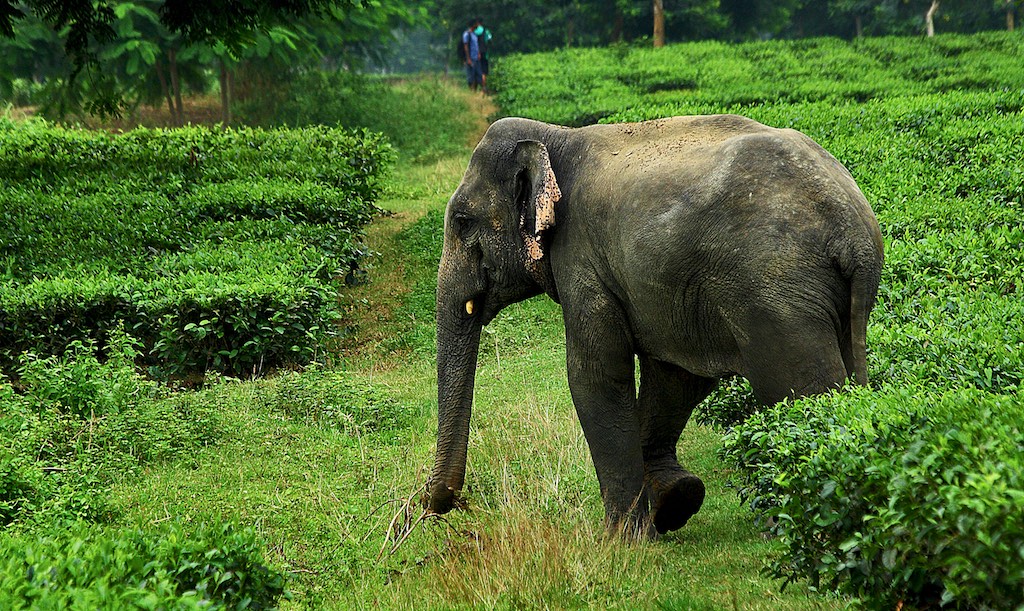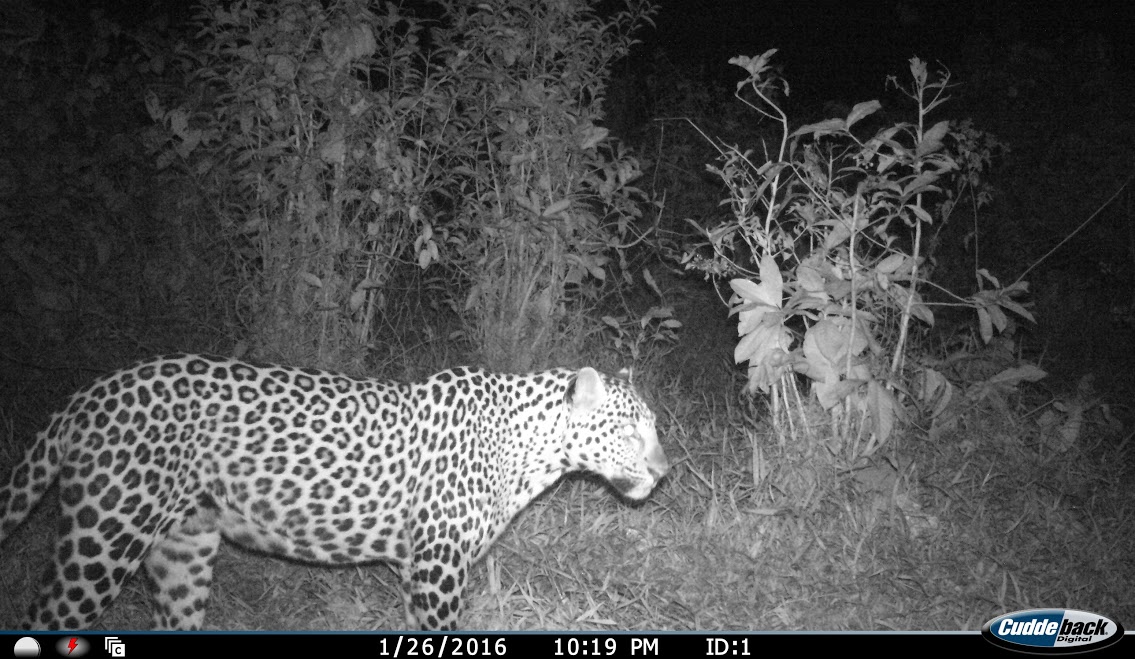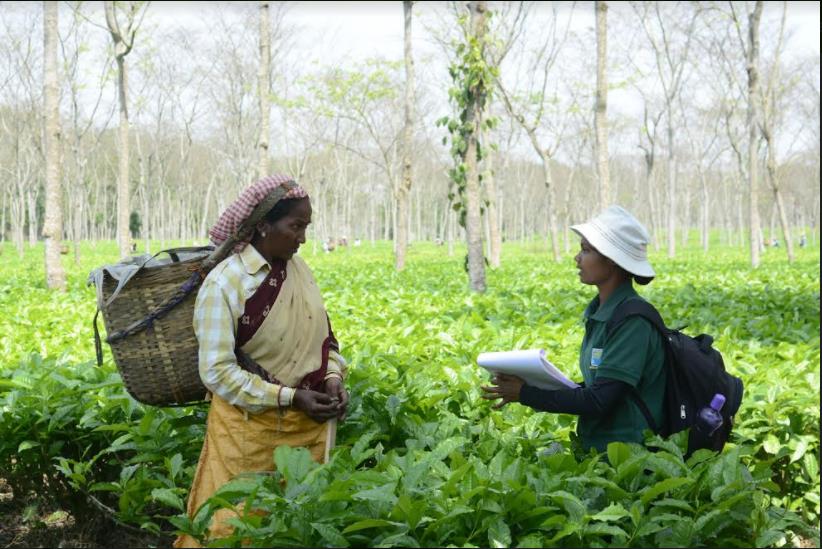Habitat Connectivi-tea!
The conservation role of tea plantations in Northeast India: With over 3000 sq km of land under tea cultivation, Assam is India’s biggest tea-producer, generating a rich brew sought world-over. But Assam’s tea gardens also play another vital role. When managed within the context of important conservation landscapes, they serve as refuges and movement linkages for endangered species of global significance, such as tigers and elephants.
Long-term conservation of endangered wildlife increasingly requires focus on connectivity, or functional linkages between wildlife populations and habitats. This helps ameliorate negative consequences of habitat fragmentation, rapid environmental change and climate change. While connectivity conservation is often focussed on corridors, the Wildlife Conservation Society (WCS) India Programme’s collaboration with tea plantations stems from the recognition that animals also disperse through agricultural lands, plantations, and other land-uses.
Over the last three years, WCS India has been engaging with tea plantation managers and staff in the ecologically significant Kaziranga–Karbi Anglong landscape. This landscape forms a unique floodplain ecosystem, where, the plains of the Kaziranga National Park, seasonally inundated by flooding of the Brahmaputra River, harbour a rich assemblage of ungulates, including the large majority of the greater one-horned rhinoceros and a significant population of the Asian elephant, arguably the most important populations in the region. As a result of this prey availability, Kaziranga has one of the highest tiger population densities worldwide. The tiger population in this park undoubtedly has the most potential for long-term persistence in Northeast India, and forms an important source population for the region.
In partnership with the plantations, WCS India has initiated both sign- and camera-trap surveys for mammals. These surveys have so far revealed that a number of mammals, including barking deers, wild pigs (prey for large carnivores such as tigers and leopards), rhinoceros, elephants and leopards and potentially tigers, frequently use plantations.
Integration of stakeholders into conservation programs is critical for long-term conservation success. Engagement with stakeholder also allows one to address concerns of the people residing or working in tea plantations with regards to animal presence. With this aim, WCS India has held structured questionnaire surveys to assess perceptions of tea plantation management and staff to wildlife, its conservation and the mitigation of human–wildlife conflicts. In plantations, it is elephants that are generally associated with conflict, primarily due to the perceived threat to human safety. In addition, large carnivores, most often leopards, pose risks to livestock owned by tea plantation staff. Insights gained from the survey feeds into conservation initiatives implemented in close partnership with the plantations.
Over the long term, with wildlife-friendly management practices informed by sound science, tea plantations can provide additional refuge for species in human-dominated landscapes, serve as secondary habitat neighbouring existing government-managed Protected Areas, and importantly, facilitate animal movement across an increasingly impermeable landscape. As an example, tea plantations could serve as stepping-stones for dispersing tigers venturing out of Kaziranga National Park in search of a territory. Tea plantations can thus form an important model for conservation in private lands in the densely populated South Asian landscapes. WCS India is committed to this vision, implemented with support from IUCN–KfW Integrated Tiger Habitat Conservation Programme (ITHCP).
Written by Divya Vasudev and Varun Goswami, Wildlife Conservation Society (WCS) India






